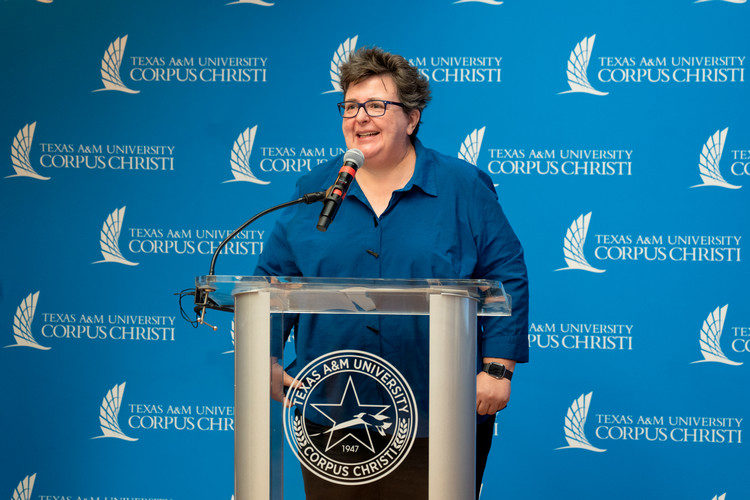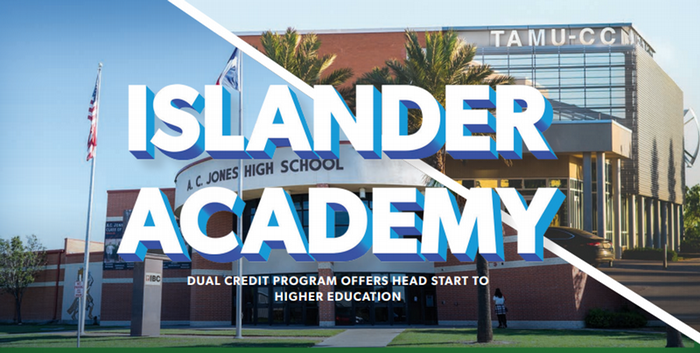Post-Harvey, Island University Scientists Recover Lost Data on Snapper Artificial Reef Use
CORPUS CHRISTI, Texas – Dr. Judson Curtis, assistant research scientist at the Harte Research Institute (HRI) for Gulf of Mexico Studies at Texas A&M University-Corpus Christi, and Kesley Gibson, Islander Ph.D. candidate, were at a Florida fisheries conference in August 2017 when they heard a hurricane was heading straight for the Coastal Bend and their research site. For her doctoral dissertation research, Gibson was in the middle of studying the fine-scale movement of red snapper on artificial reefs using acoustic telemetry when Hurricane Harvey displaced 20 of her receivers that were attached to the sea floor with a concrete weight. The extreme winds, heavy seas
“Since Harvey passed last August, we’ve been sitting and twiddling our thumbs, keeping our fingers crossed in the hopes that our receivers are still out there,” shared Gibson. “Sitting in an office for a couple of months is a little more torturous for me because I know my data is right there, nine miles off the Port Aransas Jetty, and the sooner I can get it, the sooner I can analyze it.”
Gibson and Curtis, who is a Co-PI on this project with Dr. Greg Stunz, endowed
“Artificial reefs have been shown to supplement fish populations along the Coastal Bend,” explained Curtis, who is Gibson’s mentor. “Off the coast of Texas, there are a few natural bank habitats and artificial reefs help with fish recruitment, allowing populations to rebound or rebuild. This, in turn, allows access to better fishing for recreational anglers throughout the Coastal Bend.”
Curtis and Gibson felt very fortunate when they received $49,657 through the Gulf Research Program Scientific Disaster Recovery Grants in April 2018, affording them with the ability to spend additional days on the water to search for the receivers. So far, the team has had great luck in recovering 11 and hope to find the remaining ones soon.
“Part of the difficulty of locating these receivers is that we need really good weather days, with no waves and no current,” said Gibson. “There’s not a lot of good visibility. So when we find a receiver, we’re literally grabbing at the water in front of us before we can even see it.”
With almost half of her equipment found, Gibson was finally able to download data the receivers have been collecting for almost a year. With this recovered data, Gibson can now move forward with her dissertation. But finding her receivers was only the first challenge Gibson will have to overcome. Now she’ll have to sort through more than half a million detections per receiver to see what data applies to her research and what data is what she calls, “white noise.”
“The actual execution of the project, setting it up and tagging fish, is the simple part of the process,” said Curtis. “The bulk of the work happens once you bring back the receivers and download the data. There’s a lot of post-processing and analysis that needs to happen to answer our project objectives.”
This occurrence of Harvey during their research period has also provided both Curtis and Gibson with a way to gain insight
*Research reported in this article was supported by the Gulf Research Program of the National Academies of Sciences, Engineering, and Medicine under award number 2000009311. The content is solely the responsibility of the authors and does not necessarily represent the official views of the Gulf Research Program or the National Academies of Sciences, Engineering, and Medicine.














